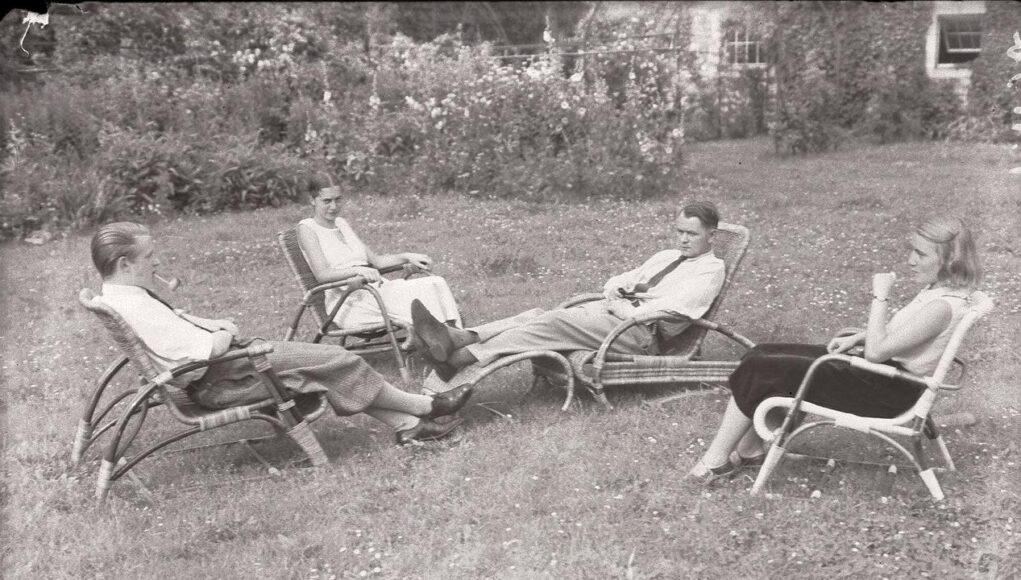Erich Dieckmann designed tubular steel furniture that evokes futuristic racing cars, wicker chairs whose curved lines were later copied by many, and chairs with cubic frames that were among the earliest mass-produced furnishings. Along with Marcel Breuer, he is one of the most important and successful furniture designers of the Bauhaus—and yet he has largely been forgotten.
A new exhibition, titled Chairs: Dieckmann! The forgotten Bauhäusler Erich Dieckmann, at the Saxony-Anhalt Art Foundation in Halle, Germany, provides an opportunity to reassess Dieckmann’s legacy. (The foundation is fittingly located in a city central to the designer’s career: After the closure of the Bauhaus, Dieckmann led the Burg Giebichenstein furniture workshop there.)
Born in 1896, Dieckmann had already studied architecture and painting when he came to the Weimar Bauhaus to complete his apprenticeship as a carpenter in 1921. He did not follow the school in its later move to Dessau; instead, in 1925 he took over as head of the carpentry workshop at the State Building College in Weimar. He remained there for six years, during which time he developed furniture used in kitchens, living rooms, bedrooms, and children’s rooms. His work was versatile and could be combined and extended in many ways—and, importantly, could be mass-produced at low cost.
Dieckmann’s furniture eventually made its way into Mies van der Rohe’s Weissenhof Estate in Stuttgart, Germany, as well as the personal collection of designers including Wilhelm Wagenfeld. The Nazis put an end to his career in Weimar, and in 1931 Dieckmann, like Marguerite Friedlaender and Gerhard Marcks before him, went to the Burg Giebichenstein School of Arts and Crafts in Halle, where two short years later he was forced out of office by the National Socialists.
In 1944, Dieckmann died of a heart attack at just 48 years old.
Within the exhibition, which opened last month, the Saxony-Anhalt Art Foundation is showing valuable Dieckmann originals (including the designer’s first-ever chair design made of wood and wicker, created in 1923 when he was still a student at the Bauhaus). A film accompanying the show features even more of his work, along with commentary from Rudolf Horn and exhibition designer Stefan Diez. Newly reproduced pieces, further developed by artist Margit Jäschke and the designer Stephan Schulz, form a complete, modern room concept, which visitors can test out themselves. In May, the show will travel to the Berlin Kulturforum. So, whether you find yourself traveling to Germany now, or later this spring, be sure to bookmark this one for some major Bauhaus inspiration.








